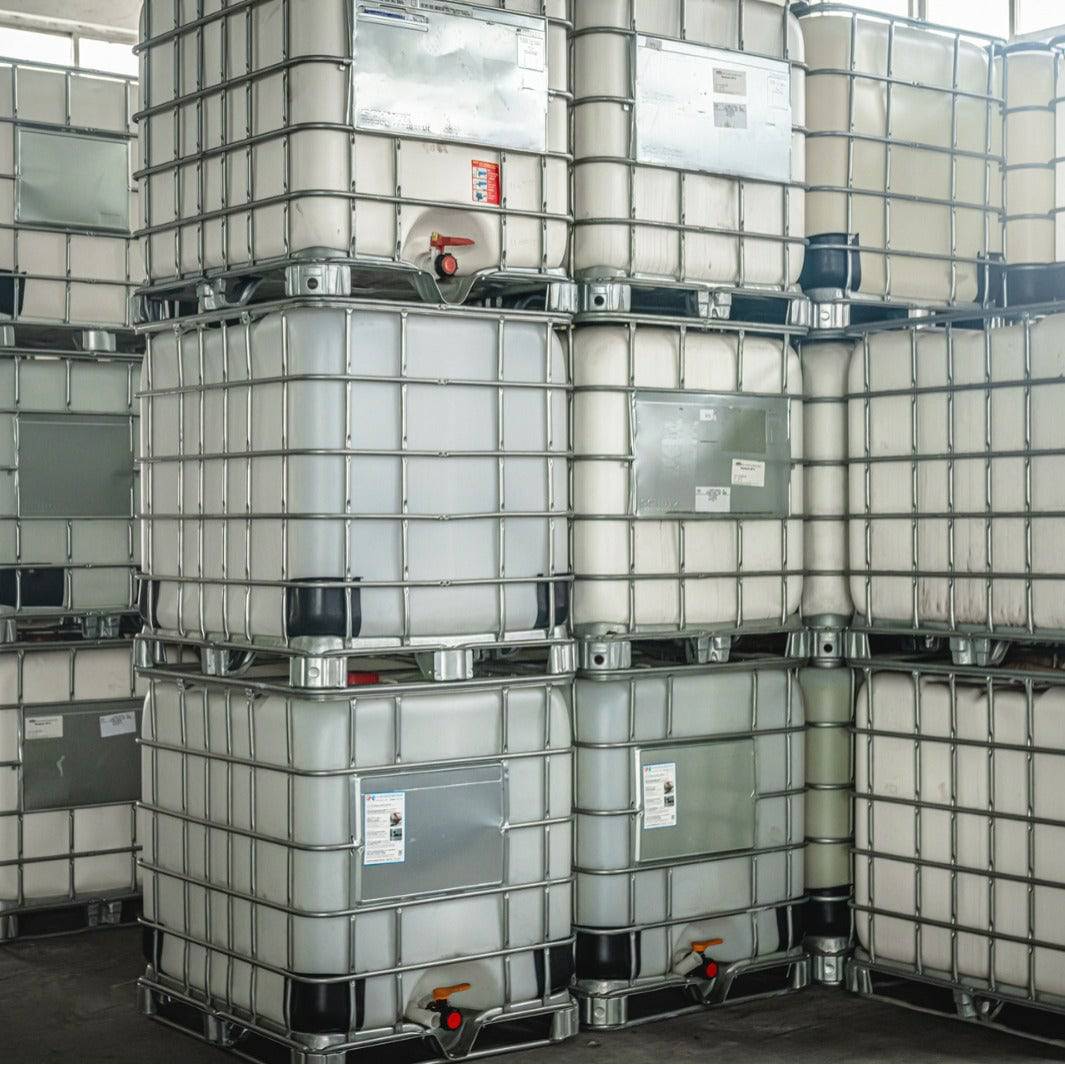Excitement About Chemie
Excitement About Chemie
Blog Article
Not known Incorrect Statements About Chemie
Table of ContentsExcitement About ChemieGetting My Chemie To WorkThe Single Strategy To Use For ChemieExcitement About Chemie3 Simple Techniques For ChemieFacts About Chemie Revealed
By Bojanna Shantheyanda, Sreya Dutta, Kevin Coscia and David SchiemerDynalene, Inc. Liquid cooling, which can be attained making use of indirect or direct ways, is used in electronic devices applications having thermal power densities that may exceed secure dissipation via air cooling. Indirect fluid cooling is where warmth dissipating electronic parts are literally divided from the liquid coolant, whereas in instance of direct air conditioning, the parts remain in straight call with the coolant.Nevertheless, in indirect air conditioning applications the electric conductivity can be crucial if there are leaks and/or splilling of the liquids onto the electronic devices. In the indirect cooling applications where water based fluids with deterioration inhibitors are typically utilized, the electric conductivity of the liquid coolant generally relies on the ion concentration in the fluid stream.
The boost in the ion concentration in a closed loophole liquid stream may happen because of ion seeping from steels and nonmetal components that the coolant liquid is in call with. Throughout procedure, the electrical conductivity of the liquid might enhance to a degree which could be dangerous for the air conditioning system.
Some Known Questions About Chemie.
(https://on.soundcloud.com/SzqB5qcKphyRMioj6)They are grain like polymers that can trading ions with ions in an option that it touches with. In the present work, ion leaching examinations were executed with various metals and polymers in both ultrapure deionized (DI) water, i.e. water which is dealt with to the highest possible degrees of pureness, and low electric conductive ethylene glycol/water combination, with the measured change in conductivity reported with time.
The samples were allowed to equilibrate at room temperature level for 2 days prior to videotaping the initial electric conductivity. In all tests reported in this research liquid electrical conductivity was determined to an accuracy of 1% utilizing an Oakton disadvantage 510/CON 6 series meter which was calibrated before each measurement.
An Unbiased View of Chemie
from the wall heating coils to the center of the heating system. The PTFE sample containers were put in the heater when consistent state temperatures were reached. The examination configuration was gotten rid of from the heating system every 168 hours (seven days), cooled to room temperature level with the electrical conductivity of the fluid gauged.
The electrical conductivity of the liquid example was kept an eye on for an overall of 5000 hours (208 days). Schematic of the indirect shut loophole cooling down experiment set up. Components made use of in the indirect shut loop cooling experiment that are in contact with the fluid coolant.

The smart Trick of Chemie That Nobody is Discussing
The modification in fluid electrical conductivity was kept track of for 136 hours. The liquid from the system was collected and saved.

0.1 g of Dowex resin was included to 100g of liquid samples that was taken in a different container. The mix was stirred and alter in the electric conductivity at area temperature was determined every hour. The measured change in the electrical conductivity of the UP-H2O and EG-LC test fluids consisting of polymer or metal when immersed for 5,000 hours at 80C is revealed Number 3.
The Greatest Guide To Chemie
Figure 3. Ion leaching experiment: Calculated change in electric conductivity of water and EG-LC coolants having either polymer or metal samples when submersed for 5,000 hours at 80C. view website The results show that metals added fewer ions into the fluids than plastics in both UP-H2O and EG-LC based coolants. This can be due to a thin metal oxide layer which may work as an obstacle to ion leaching and cationic diffusion.
Liquids consisting of polypropylene and HDPE exhibited the most affordable electrical conductivity modifications. This can be as a result of the short, inflexible, linear chains which are less likely to add ions than longer branched chains with weak intermolecular forces. Silicone likewise did well in both test liquids, as polysiloxanes are generally chemically inert because of the high bond power of the silicon-oxygen bond which would prevent destruction of the product into the liquid.
What Does Chemie Mean?
It would be expected that PVC would certainly generate comparable results to those of PTFE and HDPE based upon the comparable chemical structures of the materials, nonetheless there might be various other pollutants existing in the PVC, such as plasticizers, that may impact the electric conductivity of the fluid - high temperature thermal fluid. In addition, chloride teams in PVC can additionally leach into the test liquid and can create an increase in electrical conductivity
Buna-N rubber and polyurethane revealed indications of deterioration and thermal disintegration which suggests that their possible utility as a gasket or glue material at greater temperature levels could result in application problems. Polyurethane entirely disintegrated right into the test fluid by the end of 5000 hour test. Figure 4. Before and after pictures of metal and polymer samples submersed for 5,000 hours at 80C in the ion leaching experiment.
Calculated modification in the electrical conductivity of UP-H2O coolant as a function of time with and without resin cartridge in the shut indirect cooling loop experiment. The determined modification in electric conductivity of the UP-H2O for 136 hours with and without ion exchange material in the loop is received Number 5.
Report this page